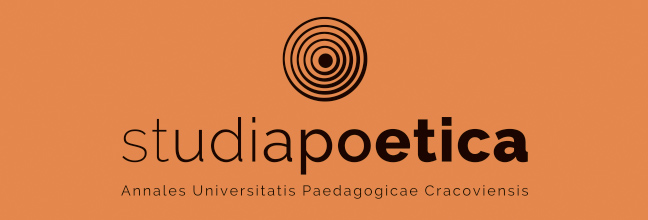Tematyka węgierska w polskich gazetach rękopiśmiennych z przełomu XVII i XVIII wieku.
Main Article Content
Abstrakt
One of the most popular and widespread forms of public communication in Poland in the late Baroque, apart from the prolific private and public correspondence, were hand-written newspapers. The readers of those papers were usually rich magnates, and also the city patriciate, who could afford to pay regular residents and informers. Through the magnate courts, news from the papers were disseminated and popularised among lower gentry and the people who were within the influence of the noble manor. Foreign news occupied much space in the hand-written papers. That clearly indicates keen interest of Polish readers of that time in the events in the “Theatrum Europaenum”. They appreciated the significance of intemational events and the mutual political and economic interdependence. Although news from the neighbouring states were preferred, one could also fmd among them some interesting details from England, France, the Netherlands, and even from the remote North America.
The Baroque hand-written newspapers played the role of an important opinion-forming medium, influencing the views of the society at that time, particularly among the politically immature readers, for whom getting in touch with the wide world, open thanks to the newspapers, must have been a considerable experience. Considering the mentality of an average Polish nobleman at the tum of the 17th and 18th centuries, confmed to his everyday matters, whose diversion was a law suit against a neighbour at the tribunal, or a session of the regional landed gentry council, or rarely a trip to the Seym, one should notę what great influence could have been exerted on his psyche by written newspapers. Whereas in the case of educated worldly people, involved in the political activities, the function of the notices was mainly informative, for the majority they were a nice distraction from their ordinary life. They quenched the provincial nobility’s thirst for knowledge, madę it possible to show off before a less knowledgeable neighbour, or create an impression of “participation” in the actual event. The written newspapers satisfied the natural curiosity of the man of those times, they introduced him to the sphere of distant events, they enabled him to be amazed by the differences of culture and behaviour of other nations, and sometimes to strengthen his conviction of the superiority of the Sarmatian culture. Only the maturę reader, drawing information from diverse sources - private and diplomatic correspondence, directly participating in the events - could correctly and critically evaluate the presented facts.
Article Details
|
